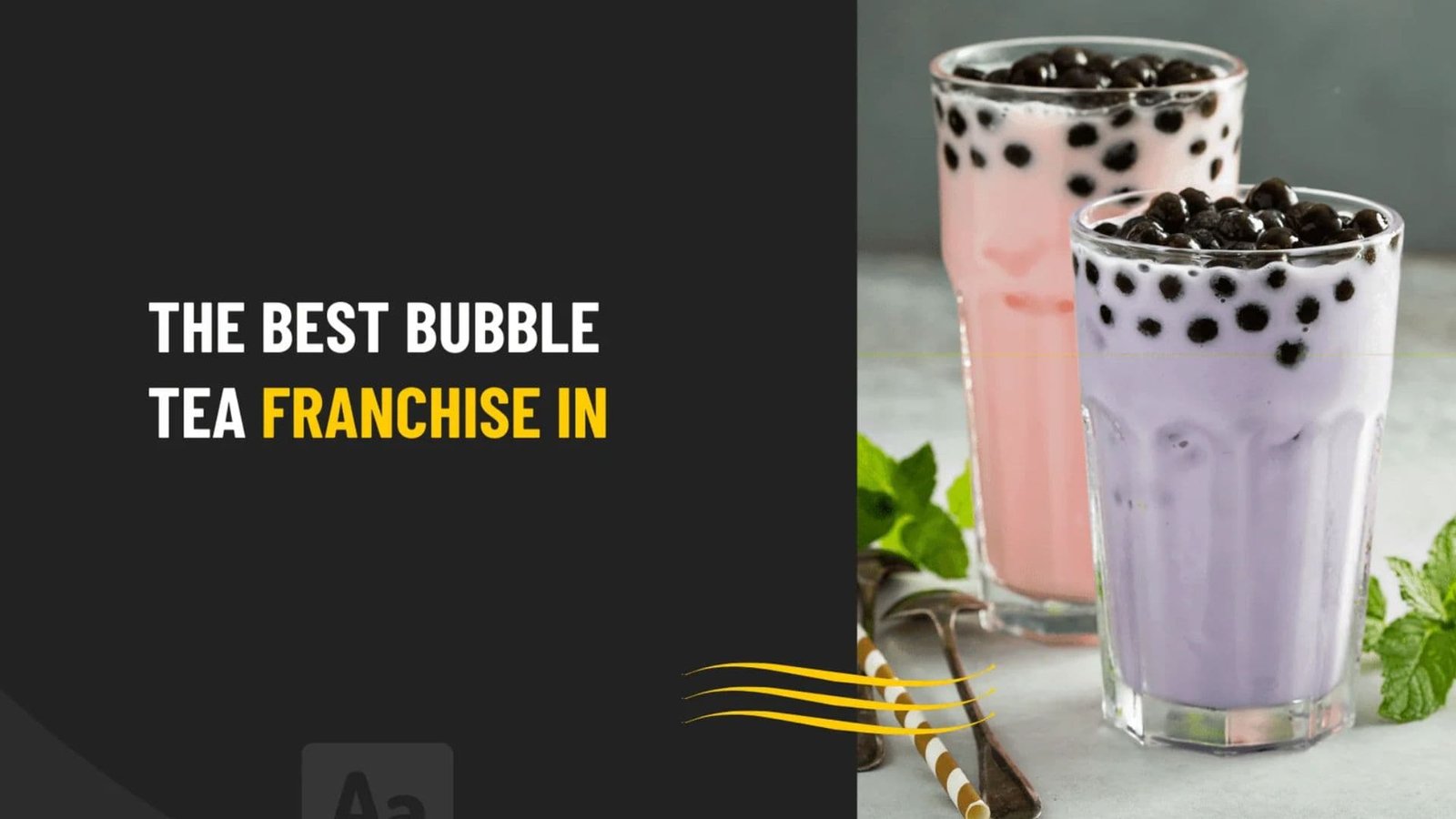The Complete Guide to Bubble Tea’s History

Bubble Tea is essentially a milk tea with tapioca balls, and has gained popularity worldwide. In this article, we’ll read more about the bubble tea origin and its current status.
Bubble tea is typically seen as a tea for teenagers because of its sweet taste and “chewing” experience. The drink has gained popularity in many forms, such as coffee drinks, fruit teas, smoothies and cocktails.
“Boba is becoming a much more common beverage in the past decade,” Chau told Food TODAY in one article. “It can stand toe-to-toe with other popular drinks like smoothies and coffee.”
In this article, we will tackle where bubble tea originated.
Where Bubble Tea Originated?
Bubble tea has a couple of interesting stories behind its origins. One is that it can be traced back to the 1940s when Chang Fan Shu’s father sold unique shou Yao (hand-shaken) tea in Taiwanese izakayas. The other story is that Chang Fan Shu came up with the idea for bubble tea after working as a mixologist in an izakaya in Taiwan under Japanese rule during WWII,
The result was a rich, creamy and highly aerated iced tea with a frothy layer at the top called foam tea in Taiwan.
The hot summer months in Taiwan and the increased presence of raw deals helped push the beverage industry, and this is when that chilled drink with green tea became a revolutionary invention. It was an idea that hadn’t existed before and was more than just a fad; people could now enjoy (and even recreate) beverages like these on a hot day!
“Taiwanese food consumption has been growing exponentially over the past several decades, accelerating with the rise of the leisure food trend in the 1980s. The trend of tea beverages helped these beverages to become popular during this time as Taiwan was experiencing rapid economic growth,” says Tseng Pin Tsang, a Taiwanese historian.
Furthermore, there were more tea shops, restaurants and cafes in the suburbs. An entrepreneur named Tu Tsong decided to start a new business in 1986 and targeted the growing field of tea shops.
An entrepreneur, Tu had previously run a tea shop, and it was doing quite well. However, after running into problems with one of his other businesses, he faced almost TWD 4 million in debt (which would be 133k). To stay afloat, he needed to find something to attract potential customers and keep them coming back.
Tu then experimented by adding more giant, black tapioca balls to milk tea for a richer taste and a chewier texture. Today, these black bubble tea balls are the ones we know and love because they were the heart of bringing this classic beverage to life. The market loved how the larger orbs popped in your mouth, making them rich and satisfying.
Hanlin opened in 1986 and has been a critical contributor to the Taiwan tea industry and the owner’s successful entrepreneurial career. Hanlin has branches over Taiwan and franchises in places like the United States, Canada and China.
But looking around, you can’t help but stumble on people who claim they first introduced this drink. Lin Hsiu Hui, the product manager of bubble tea chain Chun Shui Tang, says that he was the first person who created it as a staff meeting reward in 1988.
“Everyone at the meeting loved the drink, and it quickly outsold all of our other iced teas within a couple of months,” Lin told CNN in an interview. “It seems like the perfect summertime beverage.”
Chun Shui Tang was the first brand to debut foam tea in their innovative cocktail shaker, creating a heated rivalry with other brands in China. They settled the dispute ten years after it started, and this case has become notorious.
It is not essential to debate who created bubble tea because it’s just a drink anyone can make. The bubble teas originated in Taiwan.
Bubble Tea – Today
Over the last decade, bubble tea has evolved into a flavour and texture-rich beverage. Places across Asia have been creating new exotic flavours such as brown sugar bubble tea that use a mix of natural brown sugar and fresh milk to create the perfect sweet drink.
One of the pioneers in Taipei, with its iconic brown sugar bubble tea, Chen San Ding, is still expanding to various countries. A company like Tiger Sugar, Youiccha and Xing Fu Tang are taking the industry by storm.
Due to the popularity of the small glass tea shop, it didn’t take long for customers to wait hours when they opened up in Hong Kong.
Traditional bubble tea shops continue to diversify their menus. In addition to offering new specialties like “caffé lattes,” they also suggest other drinks like “milk tea” with creamer, and they offer healthy options.
In response to the modern audience’s interest in health and wellness products, Bubleology will introduce a new “Skinny Teas” product line. The line will be made with reduced sugar and soya milk.
Bubble tea has changed the world in so many ways, and it has brought Taiwan so many benefits. It is a significant industry for Hanlin and Taiwan and deserves more attention.
Conclusion

There you have it! I hope that the information mentioned above will help you know where bubble tea originated. Drinking bubble tea is a great choice, especially during summer, and you may share your experience of trying it.
Frequently Asked Questions
Is bubble tea popular in Korea?
Bubble tea is a popular beverage that was introduced in Asia. It is made from tapioca pearls, a type of starch extracted from the cassava root. Bubble tea is mainly served in China and Taiwan.
Bubble tea was introduced to Korea in the early 2000s and has become popular among young people and students. The popularity of bubble tea in Korea has been growing since the late 2000s when it was first introduced to Korea.
Tapioca is a starch extracted from the cassava root. It is used in various foods, including bread, ice cream, and pudding.
The history of tapioca begins with the cassava plant. The first use of cassava was to make flour for bread and other baked goods. Cassava root was also used to make beer and wine before it became more common to use barley or wheat.
Tapioca can be found in many different types of food today, including desserts such as tapioca pudding and tapioca puddings made with milk, cream or coconut milk, and products such as tapioca flour-based cakes and biscuits.





